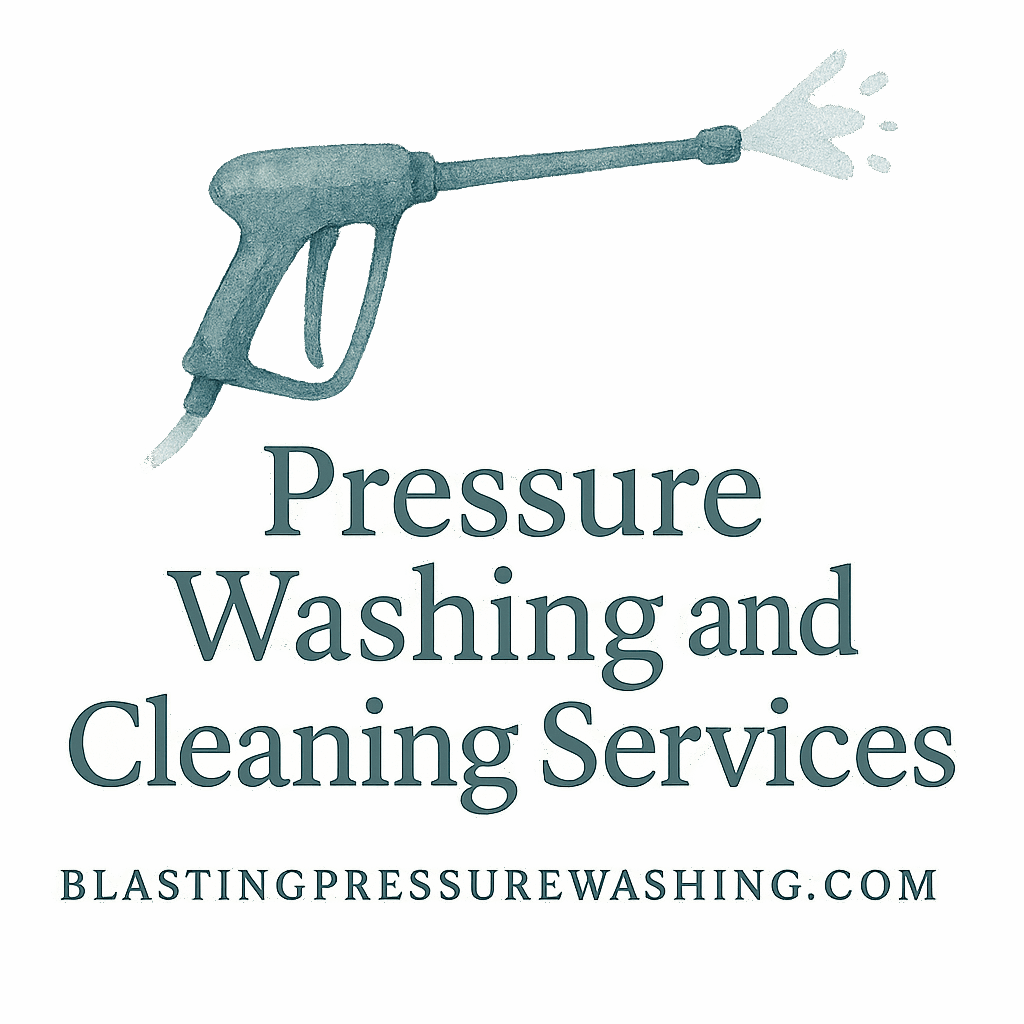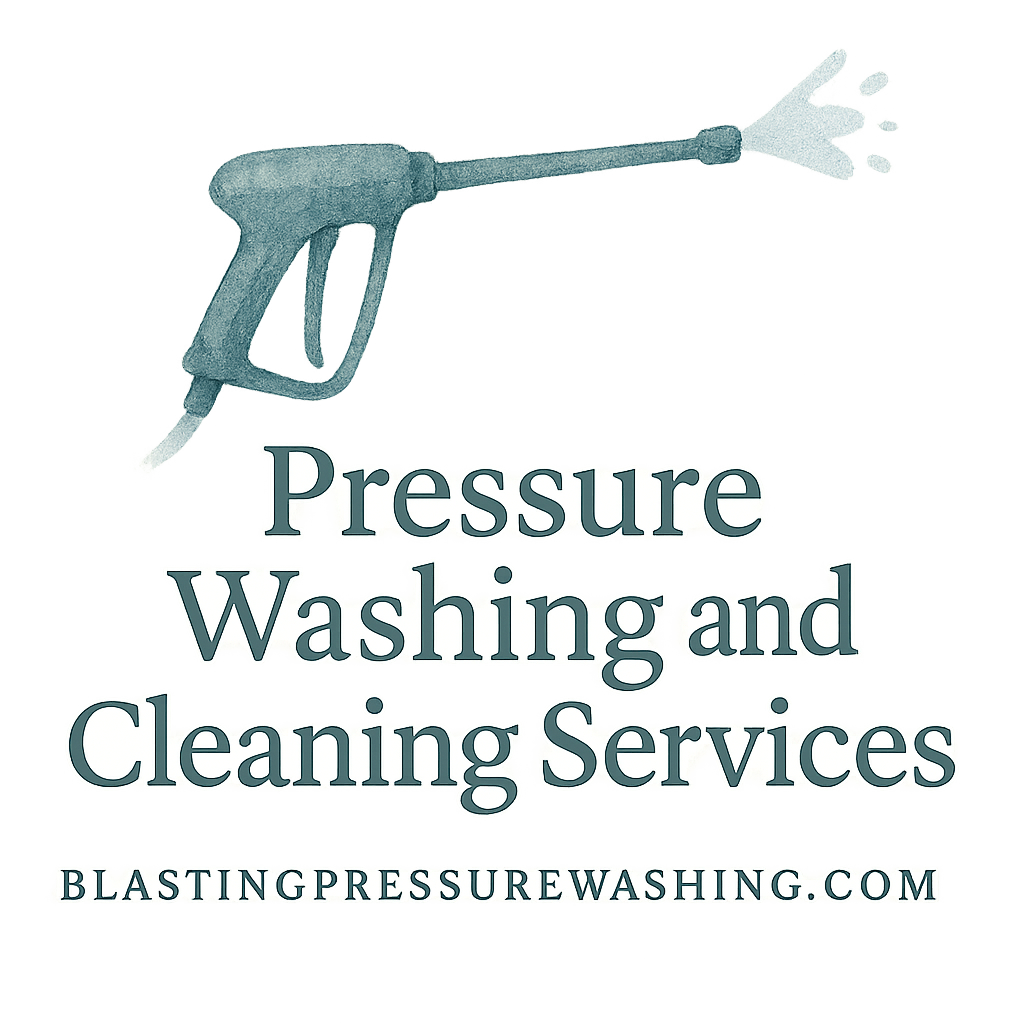Introduction
Let’s face it—your home’s exterior takes a beating all year long. From pollen storms in spring to dirt-baking summer heat and falling leaves in autumn, grime is inevitable. That’s why timing your pressure washing just right is crucial. Whether you’re aiming to improve curb appeal or protect your investment, knowing the best times of the year for home pressure washing will make all the difference.
In this post, we’ll break down the five best times to break out (or hire out) the power washer and show you how to maximize results with each season. Plus, we’ll link you to trusted resources like Blasting Pressure Washing to help you keep your home in top shape all year round.
Why Timing Matters in Pressure Washing
Protecting Your Home’s Exterior
Dirt, mold, and mildew don’t just look ugly—they can damage siding, decks, and driveways. If you wait too long to clean them off, they’ll eat away at surfaces and become harder to remove.
Maximizing Efficiency and Results
Pressure washing during the wrong time of year can lead to poor results. For instance, washing during a freeze? Bad idea. Doing it right after pollen season? Genius.
1. Spring: The Perfect Fresh Start
Clearing Winter Grime
Winter is harsh. Salt, snow, and debris accumulate on your home’s exterior surfaces, driveways, and sidewalks. Spring cleaning isn’t just for the inside—your home’s outside deserves love too.
A good spring pressure wash removes that winter buildup and reveals your home’s true beauty. You’ll also be clearing out allergens and preventing long-term wear.
Preparing for Outdoor Season
Let’s be honest—you want your deck looking sharp for those spring BBQs. By washing away the winter mess, you create a clean canvas for fresh paint, staining, or outdoor decor.
✅ Tip: Spring is a great time to use eco-friendly cleaning agents—learn more about them here.
2. Early Summer: Ideal Weather Conditions
Warmth Without the Heat Extremes
Early summer gives you just enough heat to dry everything quickly but not so much that water evaporates before doing its job. Pressure washing in early summer helps prep your home for the busy outdoor season.
Tackling Mold and Mildew
The transition from wet spring to warmer summer means mold and mildew can build up fast. Pressure washing now prevents deeper damage and prepares your surfaces for summer use.
🌱 Learn how early summer pressure washing contributes to environmental care here.
3. Late Summer: Mid-Year Refresh
Combating Heat-Induced Dirt
Your siding, roof, and windows have faced months of sunlight, pollen, and dust. By late summer, you’ll notice a dingy, dull layer forming. This is the perfect moment for a refresh.
Prepping for Fall and School Season
Late summer pressure washing isn’t just cosmetic—it’s practical. If you’re planning house painting or need to clean gutters before leaves fall, this is the time.
🧼 Want better techniques for summer washing? Check out these tools and tips.
4. Fall: Pre-Winter Preservation
Removing Leaves, Debris, and Mold
Leaves pile up, and moisture settles in. If you don’t clear this in time, it’ll lead to rot, algae, and pests. A fall pressure wash is a preventive must.
Protecting Against Moisture Damage
Moisture damage is no joke—especially when combined with freezing temperatures. Pressure washing in fall helps protect surfaces like wood and concrete before winter hits.
🍂 Seasonal know-how starts with this guide on seasonal pressure washing tips.

5. After Major Storms or Seasonal Events
Post-Rain Cleanup
Heavy rains and storms don’t just soak your roof—they blast debris, mud, and even oil onto surfaces. Pressure washing afterward keeps mold and rot at bay.
Seasonal Pollen and Allergens
Is your driveway or siding covered in yellow dust? That’s pollen—and it’s not just annoying, it’s damaging. A quick wash right after pollen season can save your surfaces (and your sinuses).
🌼 For more insights into seasonal triggers, visit this tag on cleaning season.
Key Factors to Consider When Choosing Timing
Local Climate and Weather Patterns
Not all regions experience the same seasons. Some places have wet springs, others dry. Tailor your pressure washing to your climate for best results.
Your Home’s Exterior Materials
Brick, vinyl siding, wood, concrete—all react differently. For example, wood may require gentler cleaning in spring, while concrete can handle higher pressure in summer.
🏡 Learn more about caring for your exterior materials here.
Benefits of Seasonal Pressure Washing
Extending Your Home’s Lifespan
Seasonal cleanings prevent long-term damage and reduce the need for costly repairs or repainting. Think of it as routine maintenance that pays off big time.
Enhancing Curb Appeal Year-Round
Who doesn’t want their home to look its best? Clean siding, spotless driveways, and mold-free fences create an instant “wow” effect.
🎯 For more curb appeal tips, explore this tag.
Health and Hygiene at Home
Pressure washing eliminates mold, algae, pollen, and allergens. This means a healthier environment for you and your family—especially important in spring and summer.
Mistakes to Avoid with Timing Pressure Washing
Waiting Too Long Between Washes
Don’t wait until you see green goo growing on your siding. At that point, you’re already in damage-control mode.
Pressure Washing in Extreme Weather
Avoid freezing days or scorching afternoons. Not only does this make the job harder—it can actually damage surfaces.
🚫 Avoid common pressure washing mistakes with this guide on DIY dangers.
Professional vs. DIY Pressure Washing
Why Professionals Know the Best Time
Hiring pros ensures your home gets cleaned at the right time using the right method. They’ll factor in weather, materials, and more.
👷 Ready to hire help? Explore expert services for commercial and residential needs.
Tools and Techniques That Make a Difference
Pros have access to powerful tools and advanced detergents that DIYers usually don’t. That means a deeper, safer clean every time.
💡 Learn more about the best tools here.
Conclusion
Timing is everything when it comes to pressure washing your home. Whether you’re doing spring cleaning, preparing for fall, or reacting to storm damage, the right season makes all the difference. It’s not just about aesthetics—it’s about preserving value, protecting health, and enjoying your space year-round.
So next time you’re wondering whether to break out the washer, check your calendar. Because when it comes to keeping your home clean, nature’s schedule matters just as much as yours.
FAQs
1. How often should I pressure wash my house?
At least once a year is ideal, but twice is better—especially if you live in a high-pollen or humid area.
2. Is it safe to pressure wash in winter?
Nope. Cold weather can cause freezing and damage surfaces. Wait until spring.
3. What’s the best time of day to pressure wash?
Morning or late afternoon, when temperatures are moderate and there’s no direct sun.
4. Can pressure washing remove mold?
Absolutely, especially if you use the right cleaning agents and techniques.
5. Should I wash my house before painting?
Definitely. Pressure washing preps the surface so paint adheres better and lasts longer.
6. Are eco-friendly detergents effective?
Yes, many are just as effective as chemical-heavy ones. Learn more about them here.
7. Where can I find reliable pressure washing services?
Start with Blasting Pressure Washing for trusted, professional-grade services.


